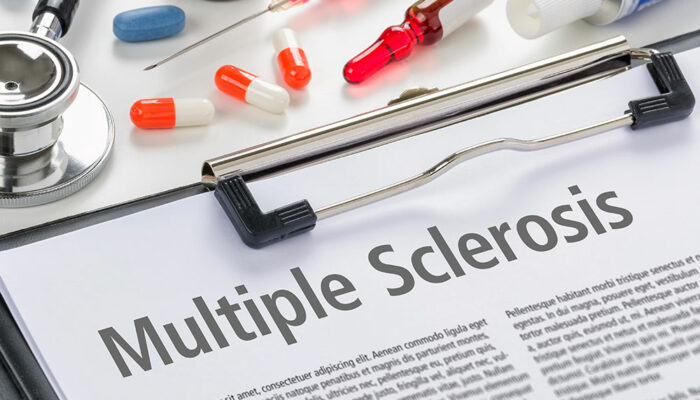
Treatment Options And Foods That Help Manage Atrial Fibrillation
Atrial fibrillation, or Afib, is a form of arrhythmia that gives rise to an exceedingly rapid and irregular heartbeat. The ramifications of this ailment can be quite serious, as it may result in a lack of coordination between the atria and ventricles. In turn, this can lead to blood pooling within the heart’s chambers, potentially triggering the formation of blood clots, strokes, or even heart failure. Afib is commonly seen in those with heart valve disorders, but other risk factors include sleep apnea, high blood pressure, obesity, having undergone the TAVR procedure, and more. While Afib can manifest intermittently for some, it can persist chronically for others.
The best way to protect yourself is to wear an ECG/EKG monitor to detect when your heart rate is getting too high. Additionally, there are treatments such as the pacemaker implant to help your heart beat properly. With the recommendation of a monitor or the pacemaker implant, your doctor may also recommend a change in diet.
So, let’s dive into some of the treatment options and foods that can help keep your heart in check.
1. Medications to regulate heart rhythm
One of the first lines of defense against AFib is medication. Doctors often prescribe antiarrhythmic drugs to help maintain a normal heart rhythm. These medications can be incredibly effective in reducing the frequency of AFib episodes. Additionally, rate control medications help slow down the heart rate, making symptoms more manageable. It’s essential to work closely with a healthcare provider to find the right medication and dosage for your specific needs.
2. The power of anticoagulants
Blood clots are a common concern for those with AFib, which is why anticoagulants are often prescribed. These medications thin the blood, reducing the risk of stroke. While anticoagulants can be a game-changer, they do require regular monitoring and adjustments. It’s crucial to follow your doctor’s advice and attend all scheduled check-ups to ensure everything is working as it should.
3. Cardioversion: resetting the heart’s rhythm
For some, medications alone might not be enough to manage AFib. That’s where cardioversion comes in. This procedure involves delivering a controlled electric shock to the heart to restore its regular rhythm. It’s typically done in a hospital setting and can be quite effective for many patients. While it might sound a bit intimidating, cardioversion is a common and generally safe procedure.
4. Ablation: targeting the source
When medications and cardioversion aren’t doing the trick, ablation might be the next step. This procedure involves using radiofrequency energy to destroy the small area of heart tissue that’s causing the irregular rhythm. Ablation can be a more permanent solution for some patients, reducing or even eliminating the need for ongoing medication. As with any procedure, it’s essential to discuss the risks and benefits with your healthcare provider.
5. Foods that support heart health
Now, let’s talk about food! A heart-healthy diet can make a significant difference in managing AFib. Focus on incorporating plenty of fruits, vegetables, whole grains, and lean proteins into your meals. Foods rich in omega-3 fatty acids, like salmon and walnuts, are particularly beneficial for heart health. Reducing sodium intake and avoiding excessive caffeine and alcohol can also help keep your heart rhythm steady. Eating well is a delicious way to support your heart and overall well-being.
In conclusion, managing atrial fibrillation is all about finding the right balance of treatments and lifestyle changes. From medications and procedures to dietary adjustments, there are plenty of options to explore. Remember, it’s always important to work closely with your healthcare team to determine the best plan for you. With the right approach, you can keep your heart healthy and enjoy life to the fullest.



